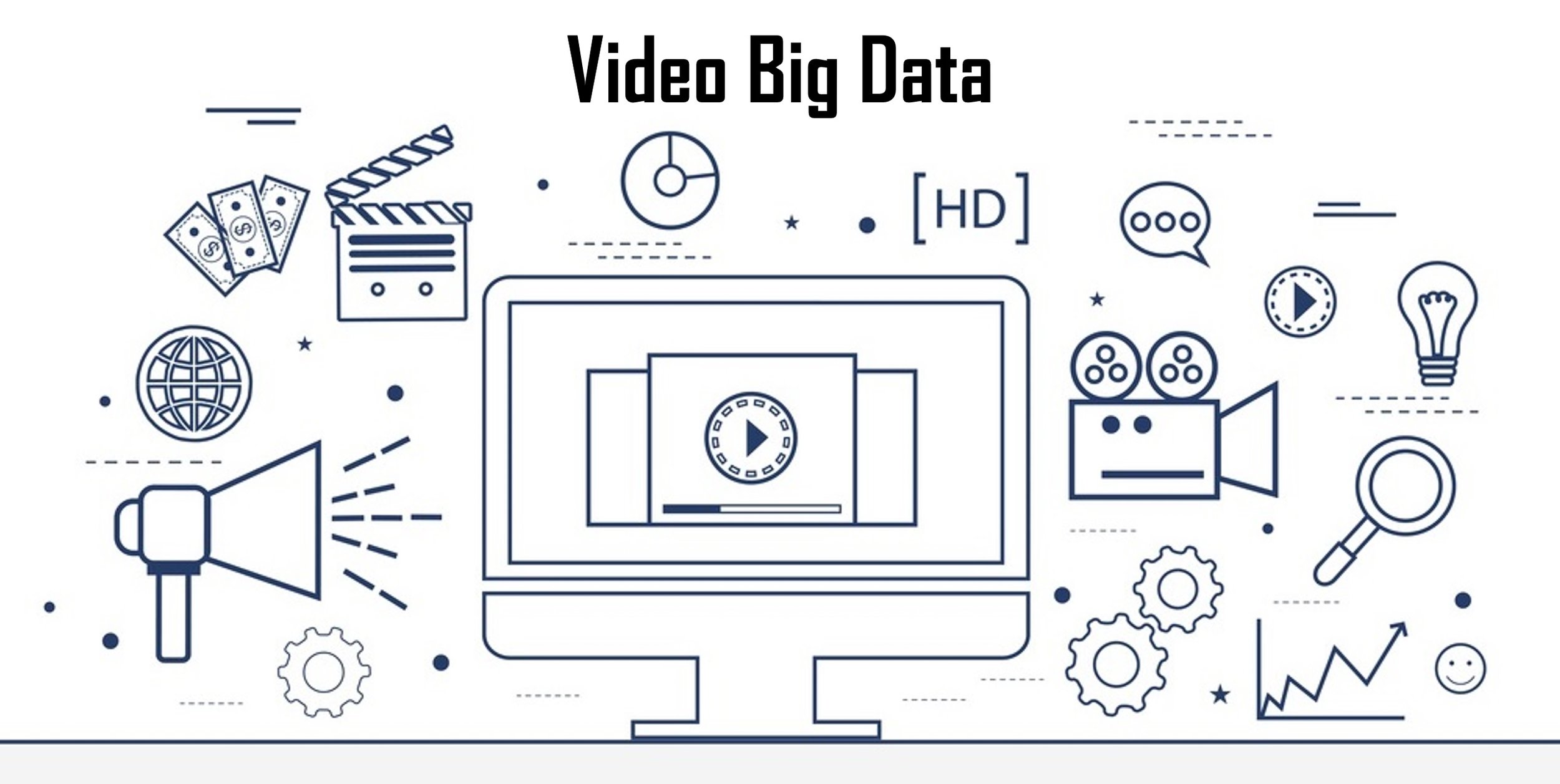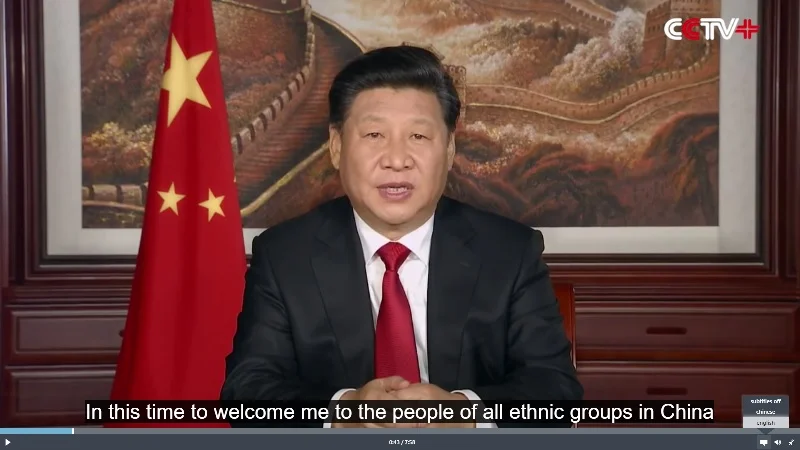What a time to launch a beta! Right in the middle of a lock-down from a global pandemic. Even while we are all indoors grappling and making adjustments to the current situation, we need to live and work as normally as we can. Our team had a long chat about this and decided that we must press on, including innovation.
The objective of this beta is rather simple - To convert a video into multiple languages using machine speech.
Perhaps you have read my COVID-19 message a couple of weeks ago, here's the short version in Hindi (with machine speech). Or you can listen to the same message in 9 different languages HERE
The video is based on my original English version, but I have no idea how accurate it is since I don't understand Hindi. However, to improve accuracy, users can edit both the original and target language text before finalizing the audio.
There is a story to this beta. The idea came from a client about a year ago. They needed to overcome the language barrier so to spread their message to different countries and communities. While subtitling helps, but it's just not the same as speech. We were too engaged with other work then to do anything about it, but it has always been on the back of my mind. So fast forward one year, the beta is born.
Translated Machine Speech is available in 45 languages. Some languages are available in both male and female voices.
We think this can solve some real world problems. It is particularly useful for global engagements, speeches, announcements, lessons, training, sermons, news, etc. But we are limited by what we know. Thus, we would love to work with some real world scenarios and shape this into something useful.
If you can think of a scenario, please write to me! Or forward this to someone whom you think might be useful. Please note that my COVID-19 message applies.
Stay indoors! Stay safe! Stay healthy! But most importantly, stay positive!
Yours sincerely,
Alex Chan
CEO, Babbobox











